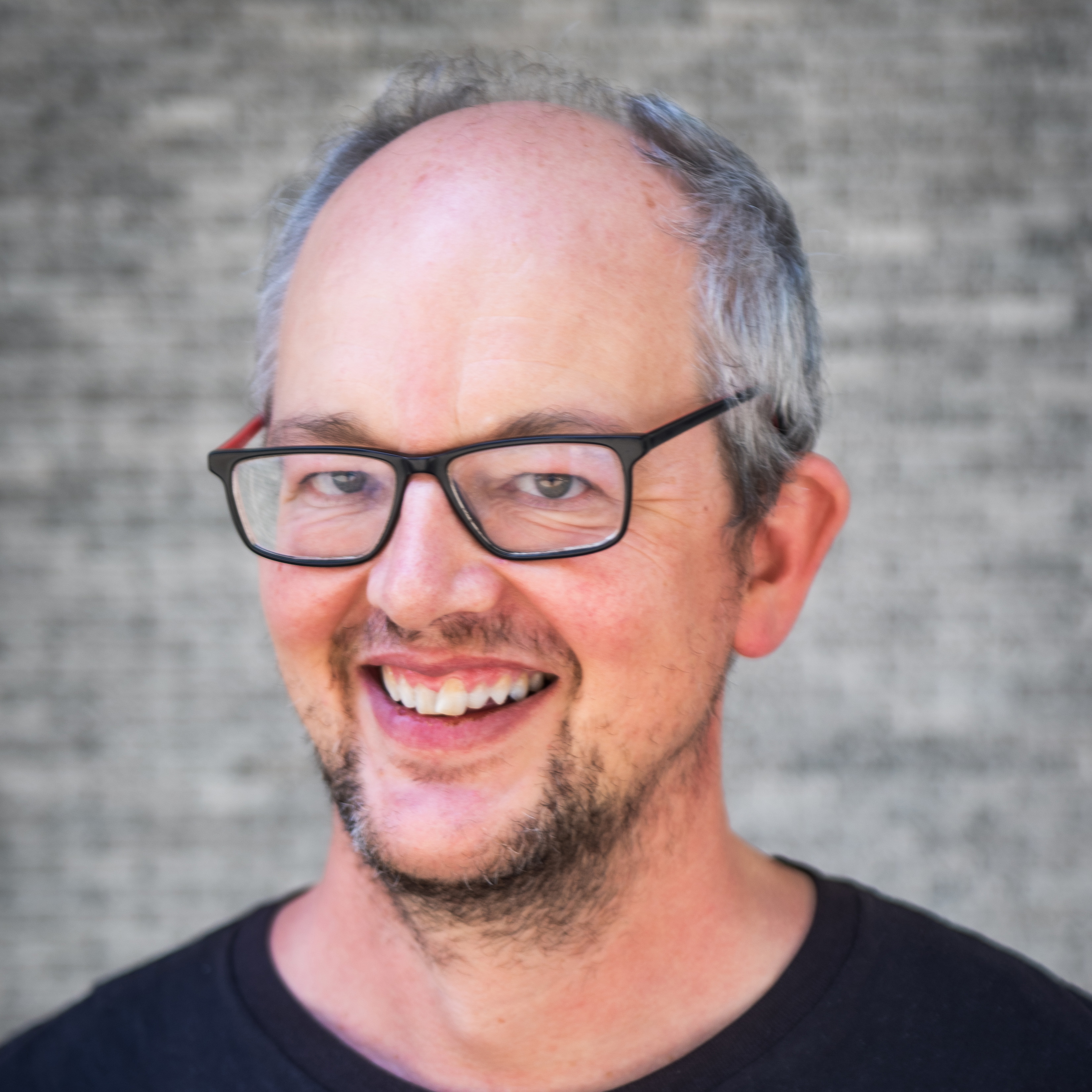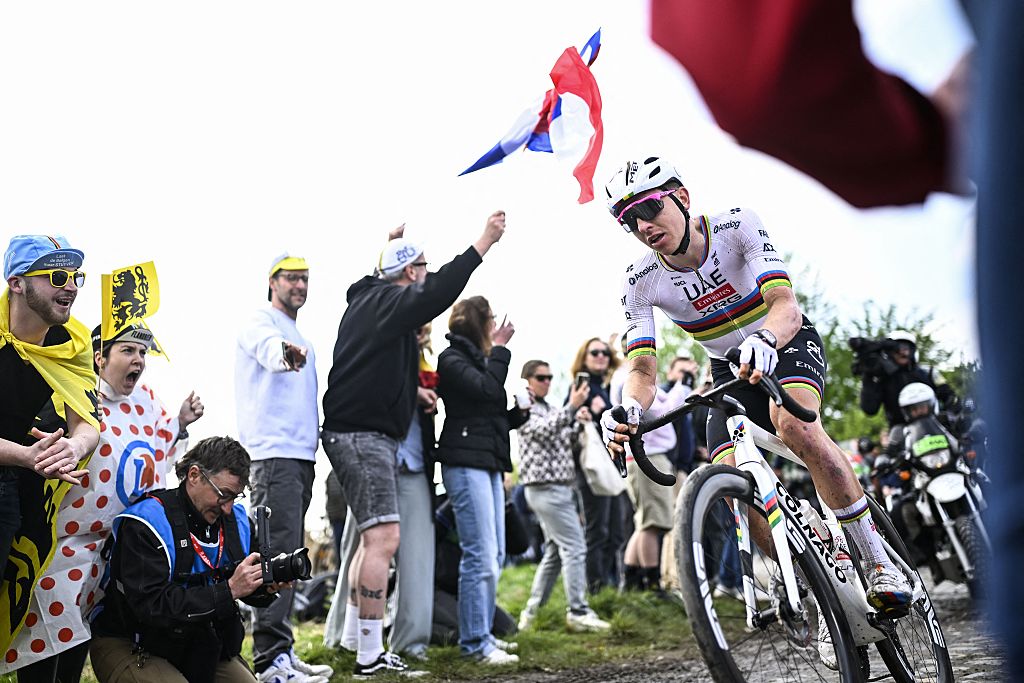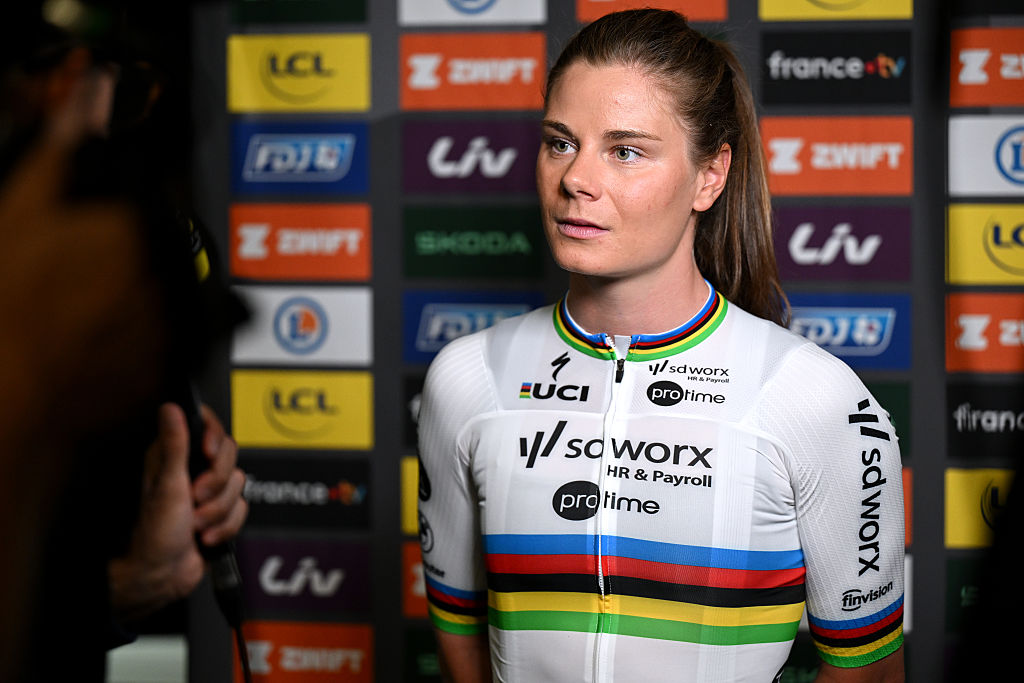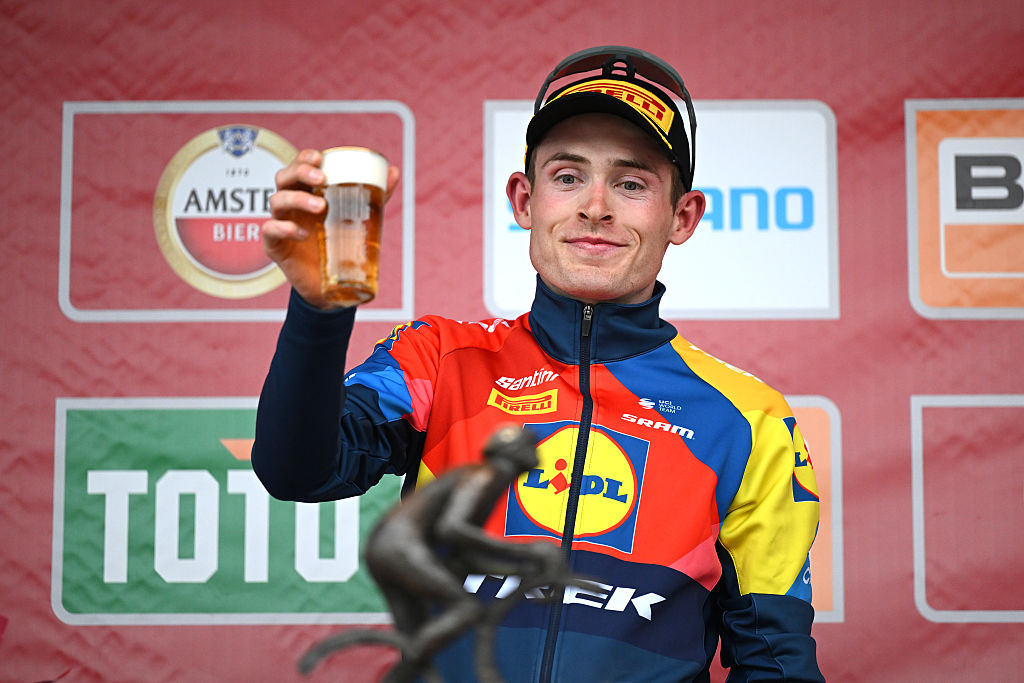Vuelta a España hits the heights on stage 3 with first summit finish - Preview
Stage to Arinsal in Andorra could provide first major GC sort out and early wake-up call

The Vuelta a España takes a radical change of direction on Monday as the race heads away from the coastline of Barcelona and into the Pyrenees and the tiny state of Andorra for its first summit finish of Arinsal.
The first of nine summit finishes in this year’s race, and also one of six to make its debut in the Vuelta this year, Arinsal’s 6.8 kilometres at a daunting average of 8.3% are likely to see a first major sort-out amongst the GC riders.
That’s particularly true as the finishing ascent of the 158.5km stage is preceded by another climb peaking out at around 2,000 metres. This is the much more familiar Coll d'Ordino, also ranked Cat. 1, with a fearsome descent separating the two.
Well-known to the many pro riders now resident in Andorra, Arinsal’s early slot in the Vuelta a España’s climb-packed schedule might just see a break of non-GC contenders reach the finish ahead of the main bunch.
However, with so many overall candidates in the field this year, it’s a more likely bet that the teams with hefty interests in the general classification will be looking to see if they can weed out a few of the more underprepared rivals on the stage from Súria to Arinsal, before they have time to ride themselves into form.
“How hard is it? Put it this way, this is one of the climbs I’ll avoid in training if I’m not having a good day,” Nathan Haas, ex-road pro and now a stalwart of the gravel scene for Colnago, told Cyclingnews.
“We’re going to see a very selective race immediately on this stage,” the long-standing Andorra resident adds. “For a Grand Tour stage 3 to have a day like this takes away any chance of a random person slipping into the lead later in the week. It’s absolutely a GC day.”
The latest race content, interviews, features, reviews and expert buying guides, direct to your inbox!
“The road surface is spectacularly good,” he said, “so much so that when you come out of the town at the bottom, it doesn’t feel like it starts in earnest. But when it really gets underway, it’s a very intense experience.”
A dual challenge
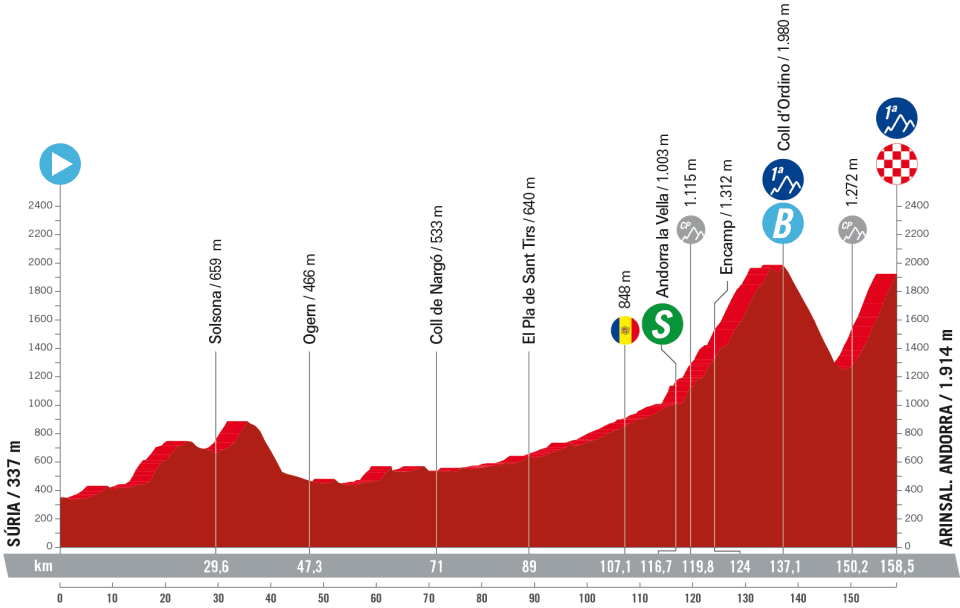
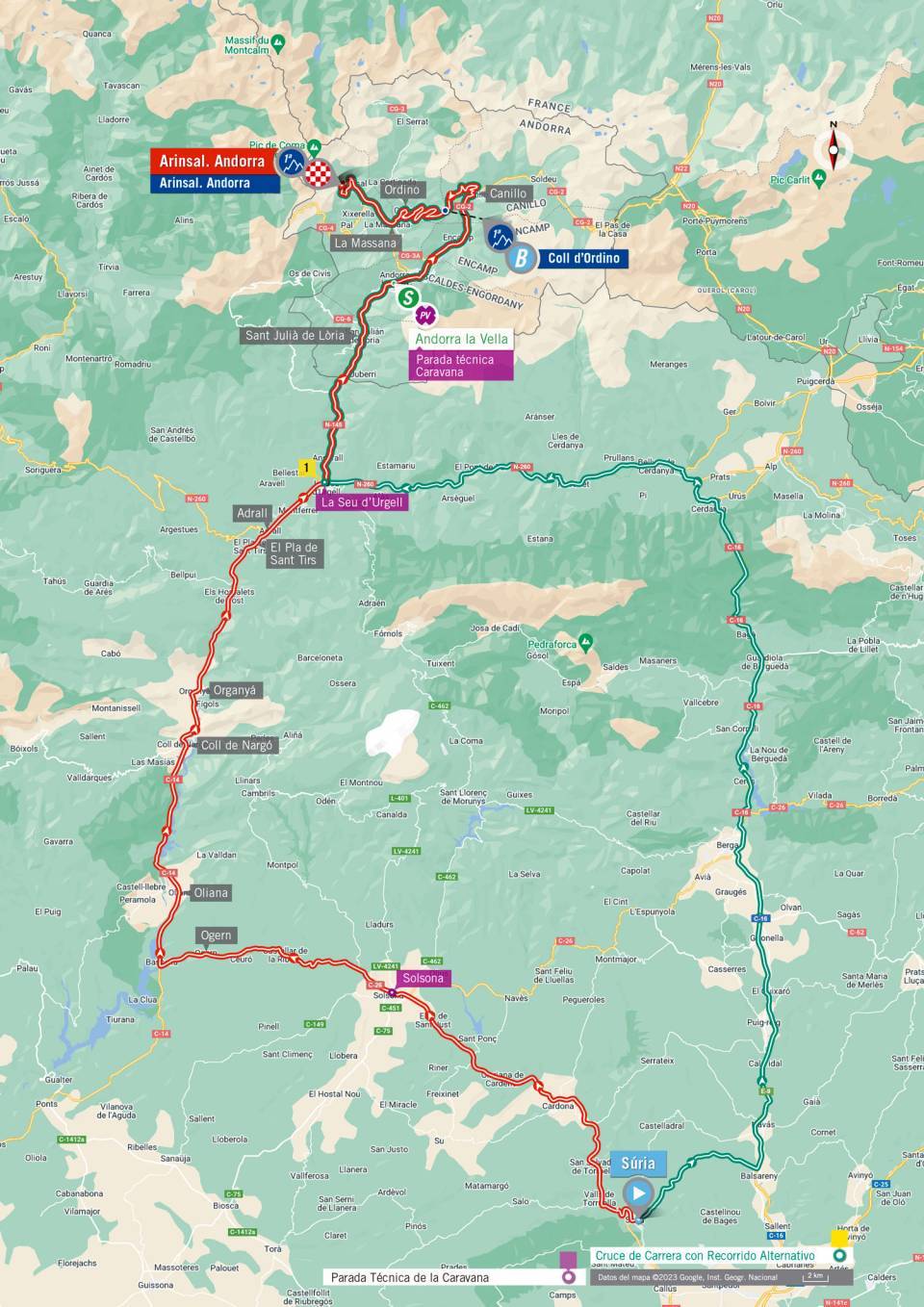
“What will make it particularly challenging on stage 3 is that you’ve got Ordino first, which puts you up to 2,000 metres immediately and then there’s a super-difficult descent off that, which is very technical and requires a lot of pedalling,” said Haas.
“So if you’re out of position anywhere over Ordino and you’re making any acceleration to hold the peloton or move up before Arinsal, the start of that climb for those people will be the absolute hardest.”
“But for those who have correct positioning, the last part with the switchbacks is going to be harder.”
Haas also pointed to the extremely exposed nature of the climb, with no forest cover whatsoever, as making it a much harder experience psychologically.
“And as you’re getting higher, you’re getting back to the 2,000 metres elevation to the top of the climb. As anybody knows, above 1,500 metres it is a different game when you’re starting to climb, so those who’ve done their altitude adaptation are going to have a big advantage,” said Haas.
In terms of specifically difficult ramps, “some of the early ones are really quite steep,” as well as one at 13% with two kilometres to go.
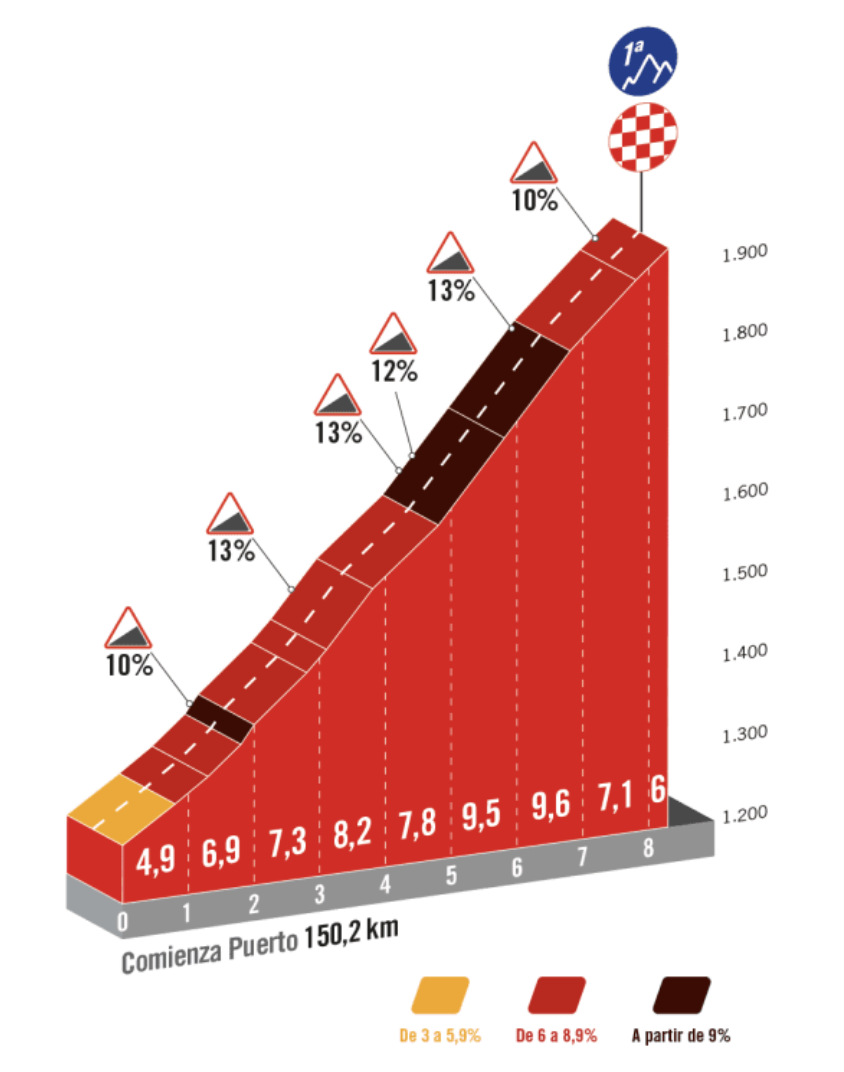
“But keep in mind this is a road that buses go up for the ski slopes,” Haas pointed out, “it’s not like crazy by any means, nothing like you’d see in the deep Pyrenees.”
“My feeling is that the Ordino climb is really important from La Vella up. Obviously, the last climb matters the most to the guys trying to win the race, but there’s a lot of race you could lose with the descent of the Ordino.”
“It’s quite scary, even if they are built to be grippy in the wet so it’s not particularly slippery.”
“But you can hit well over 80 km/h on, but then it comes to some really, really tight switchbacks. These are sections that are open and long, but then it comes into some tight, steep corners where you have to descend a lot of metres in a short amount of time.”
As for the chances of a break making it to the finish, Haas saw that as an unlikely option.
“The red jersey is still up for grabs, a lot of guys are still in with a chance of wearing it. And nobody’s going to want to let that chance go by.”
Alasdair Fotheringham has been reporting on cycling since 1991. He has covered every Tour de France since 1992 bar one, as well as numerous other bike races of all shapes and sizes, ranging from the Olympic Games in 2008 to the now sadly defunct Subida a Urkiola hill climb in Spain. As well as working for Cyclingnews, he has also written for The Independent, The Guardian, ProCycling, The Express and Reuters.
Latest on Cyclingnews
-
'My number one goal is the Classics but also the sprints' - Paul Magnier
Tour de France ‘doesn't seem like a priority right now' for 21-year-old French rider -
Marc Madiot praises Tadej Pogačar's 'sense of history' of cycling, but picks Wout van Aert as his favourite
Groupama-FDJ manager finds that the world champion has a deep understanding of the sport -
'A truly dramatic year' - Lotte Kopecky reflects after a sub-par 2025 season where the Tour of Flanders was the only highlight
The Belgian superstar once again asserts that another Tour de France GC bid is highly unlikely -
Mattias Skjelmose's Amstel Gold triumph over Pogačar and Evenepoel gave 'hope to other riders in the peloton'
After a difficult year, Dane returns to the biggest victory his career
